Description
Carbon Dioxide Detector
Reliable gas monitor for measuring CO2
What Does A Carbon Dioxide Detector Do?
A carbon dioxide detector monitors the presence of carbon dioxide, a colourless and odourless gas, vital to life on Earth. Our range of carbon dioxide (CO2) detectors, allow carbon dioxide to be strongly absorbed thanks to our non-dispersive infrared technology.
Carbon dioxide is mostly nontoxic, unless concentrations become elevated. CO2 can be used to freeze food, carbonate beverages, extinguish fires, and has various uses in agricultural and medical applications. Excessive carbon dioxide emissions cause ocean acidification, making it one of the primary climate change contributors, and therefore necessary to monitor.
CO2 Detector Applications
A carbon dioxide detector can be used in a number of industries:
Agriculture
Landfill Total Organic Carbon (TOC)
Biogas
Mining
Process Control
HVAC
Horticulture
Modified Atmosphere Packaging
Controlled Atmosphere Packaging
Have a look at a recent article on creating gaseous micro environments for packaging produce, and learn how our carbon dioxide meter can be used for this and many other applications.
Carbon Dioxide Meter Range from Edinburgh Sensors Edinburgh Sensors offer highly accurate and reliable carbon dioxide detectors. View our CO2 detector range below.
For further information, including price, please get in touch and a member of our sales team will be happy to assist.
Choosing the Right Gas Sensor for your Needs If you’re struggling to find the right product for your gas sensing needs, why not visit our handy
A device that detects the presence of CO in a concentration that is hazardous to health, giving an audible, and in some cases visible, warning. CO detectors should comply with BS EN 50291 and be powered by a battery designed to operate for the working life of the detector. The detector should incorporate a warning device to alert the users when its working life is due to expire.
Hard wired mains operated CO detectors complying with BS EN 50291 (Type A) with fixed wiring (not plug in types) may be used as an alternative, provided they are fitted with a sensor failure warning device. The detector should be regularly maintained and tested in accordance with the manufacturer’s instructions.
All CO detectors should be either:
ceiling mounted and at least 300 mm from any wall (unless otherwise indicated by the manufacturer) or
Wall mounted and positioned at least 150 mm below the ceiling and higher than any door or window in the room (unless otherwise indicated by the manufacturer). Combined smoke/ CO detectors may be installed, providing they meet the appropriate requirements of BS EN 50291 with regard to CO detection/ alarm activation and the requirements of BS EN 14604 with regard to smoke detection/alarm activation.
A carbon monoxide detector should not be sited:
in an enclosed space (for example in a cupboard or behind a curtain)
where it can be obstructed (for example by furniture)
directly above a sink
next to a door or window
next to an extractor fan
next to an air vent or similar ventilation opening
in an area where the temperature may drop below -10°C or exceed 40°C, unless the
detector is designed to do so
where dirt and dust may block the sensor
in a damp or humid location or
in the immediate vicinity of a cooking appliance
Landlords should always refer to Scottish Government Statutory Guidance for the Provision of Carbon Monoxide Alarms in Private Rented Housing when installing, maintaining or repairing CO detectors. The guidance gives details of the correct positioning of detectors. Landlords should bear in mind that there are additional standards that may need to be met if the property is licensed by the local authority as a House in Multiple Occupation (HMO).
Get Started, contact us for a free sales or rental valuation!
We are more than happy to help new and prospective clients with advice









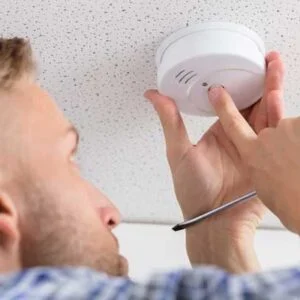
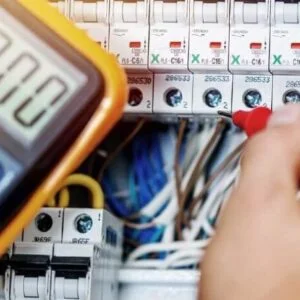
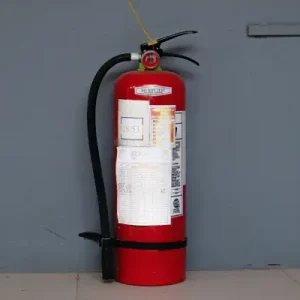
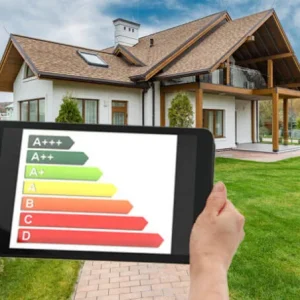
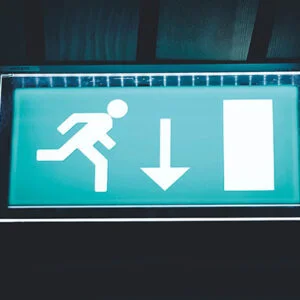


Reviews
There are no reviews yet.